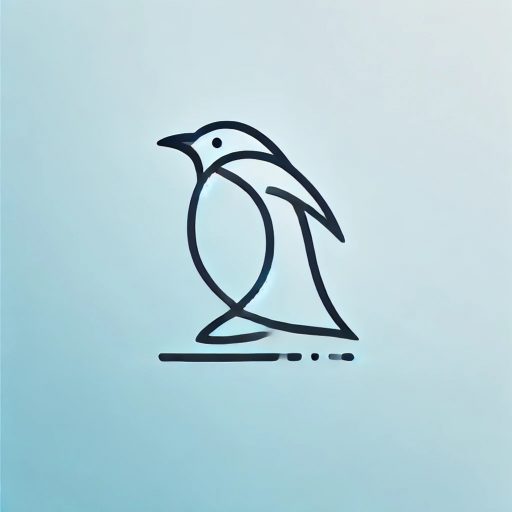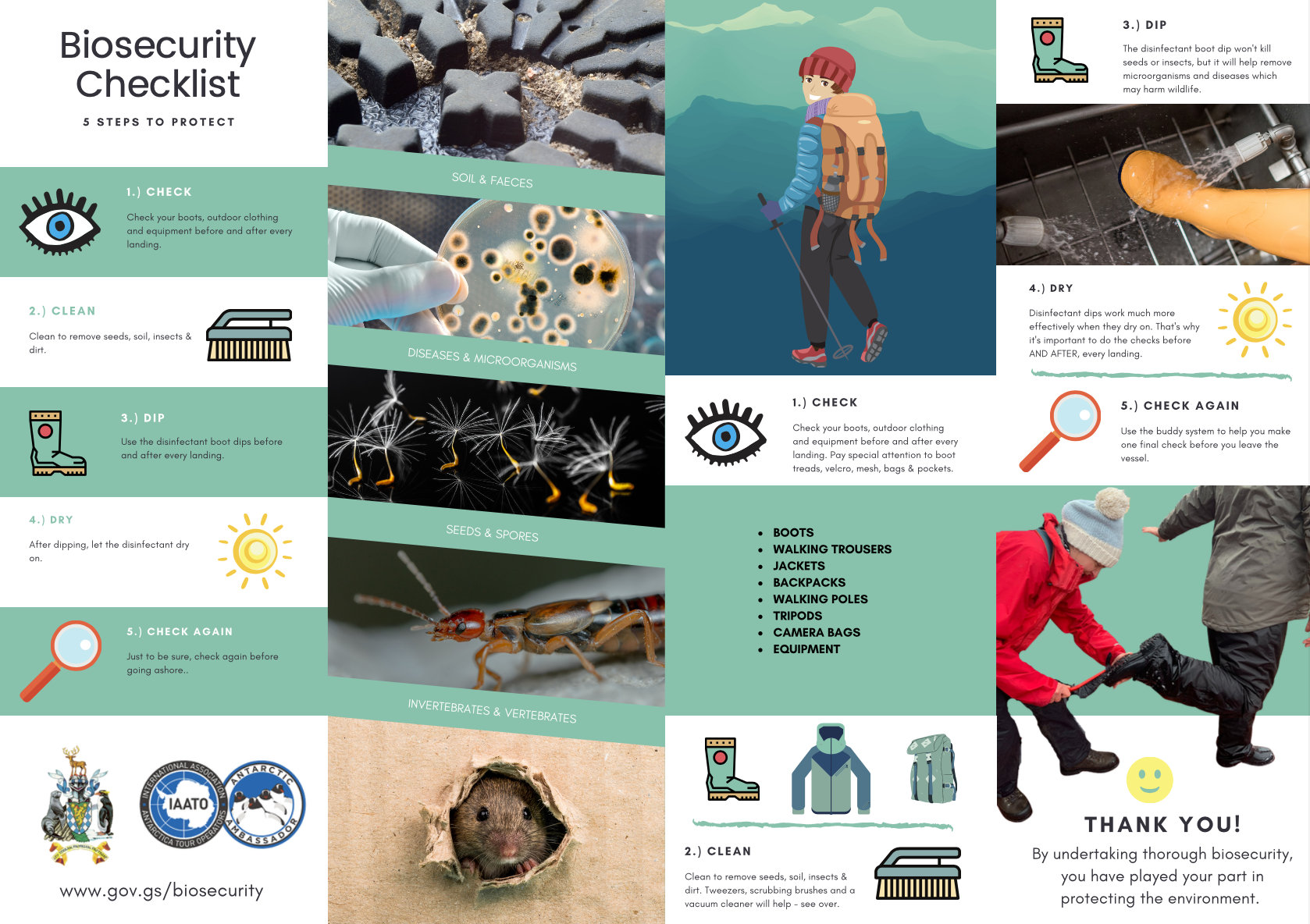Visiting South Georgia
Visiting South Georgia is an extraordinary experience, with the island known for its rugged landscapes, rich history, and remarkable wildlife. For cruise visitors, South Georgia offers an unforgettable journey filled with scenic beauty, historical landmarks, and strict biosecurity measures to maintain its pristine environment. The island often becomes one of the highlights of Antarctic cruises, giving travellers a rare glimpse into an untouched world.
Click here for information on when to visit South Georgia.
Landscapes and Scenery
The landscapes visitors encounter in South Georgia present a striking contrast of towering mountains, expansive glaciers, and rugged coastlines. The island’s mountainous terrain features sharp peaks and deep fjords, carved by centuries of glacial activity. Visitors are greeted by dramatic cliffs rising from the ocean, while broad beaches serve as gathering spots for abundant wildlife.
The island’s receding glaciers remain an impressive sight, particularly for those interested in the effects of climate change on polar regions. This stunning backdrop creates a truly immersive experience for those visiting South Georgia.
Historical Significance
South Georgia is rich in polar exploration history, having once served as a hub for early 20th-century whaling. Today, visitors can see relics of this era in several abandoned whaling stations, such as Grytviken and Stromness. Grytviken, especially, has been transformed into a historical site where visitors can explore the preserved whaling station, the old church, and the South Georgia Museum.
South Georgia is also closely linked to Sir Ernest Shackleton, the renowned Antarctic explorer who completed his legendary Endurance expedition here. Many visitors pay their respects at Shackleton’s final resting place in the Grytviken cemetery.
Wildlife Highlights
Visiting South Georgia provides unparalleled opportunities for wildlife observation. The island supports some of the world’s largest colonies of seabirds and marine mammals, accessible to cruise visitors through guided excursions.
– Penguins: South Georgia is home to vast colonies of king penguins, one of the island’s most iconic sights. Visitors can witness these vibrant colonies, numbering in the tens of thousands, particularly at Salisbury Plain and St. Andrews Bay.
– Seals: Southern elephant seals and fur seals are also common along the beaches. Elephant seals, with their massive size and distinctive behaviours, are especially striking, and during the breeding season, beaches often become packed with these impressive animals.
– Birds: The island hosts numerous bird species, including albatrosses, petrels, and the South Georgia pipit, the only songbird native to the Antarctic region. Birdwatchers visiting South Georgia are particularly drawn to Prion Island, known for its breeding population of wandering albatrosses.
– Whales: The waters surrounding South Georgia serve as feeding grounds for several whale species, including humpback, minke, and southern right whales. Although sightings depend on the season and specific cruise itinerary, spotting these marine giants adds to the island’s diverse wildlife.
Key Visitor Sites and Highlights
– Grytviken: Once a bustling whaling station, Grytviken is now a preserved historical site with the South Georgia Museum, Shackleton’s grave, and the old church. This site gives visitors a unique chance to explore South Georgia’s human history alongside its natural wonders.
– St. Andrews Bay: Known for its enormous king penguin colony, St. Andrews Bay provides one of the most visually stunning wildlife experiences on the island. Visitors are surrounded by tens of thousands of king penguins, with views of glaciers and mountains as the backdrop.
– Salisbury Plain: Another key site for king penguins, Salisbury Plain is one of South Georgia’s largest penguin breeding areas. Cruise visitors can easily access the site, enjoying close-up encounters with both penguins and seals.
– Prion Island: A sanctuary for wandering albatross, Prion Island offers bird enthusiasts a rare chance to observe these majestic birds during the breeding season. Strict access rules keep the albatross population protected, making Prion Island a model for sustainable tourism.
Biosecurity Measures
To protect South Georgia’s delicate ecosystem, strict biosecurity measures are in place for all visitors. These protocols aim to prevent the introduction of invasive species, which could disrupt the island’s unique wildlife and vegetation.
Before arrival, visitors undergo thorough checks to ensure they are not carrying any foreign plant material, soil, or other potential contaminants.
This process typically includes cleaning footwear, clothing, and gear to remove organic matter that could harm the environment.
While visiting South Georgia, all visitors must adhere to guidelines during shore excursions, including staying on designated paths, keeping a safe distance from wildlife, and refraining from bringing food or other materials ashore. Compliance with these measures is essential to preserve South Georgia’s biodiversity and ensure that it remains a sanctuary for wildlife and a pristine natural destination.
A Stunning Place You Won’t Want to Leave
Visiting South Georgia offers a captivating mix of natural beauty, historical intrigue, and exceptional wildlife encounters. For cruise visitors, the island presents an immersive experience that highlights the importance of environmental stewardship in one of the world’s last untouched ecosystems.
By respecting biosecurity protocols and engaging with the island’s history and wildlife, visitors contribute to the ongoing efforts to preserve South Georgia’s unique heritage for generations to come.
Further Reading
The Government of South Georgia & the Sandwich Islands has some good information on their website.
Back To Top

